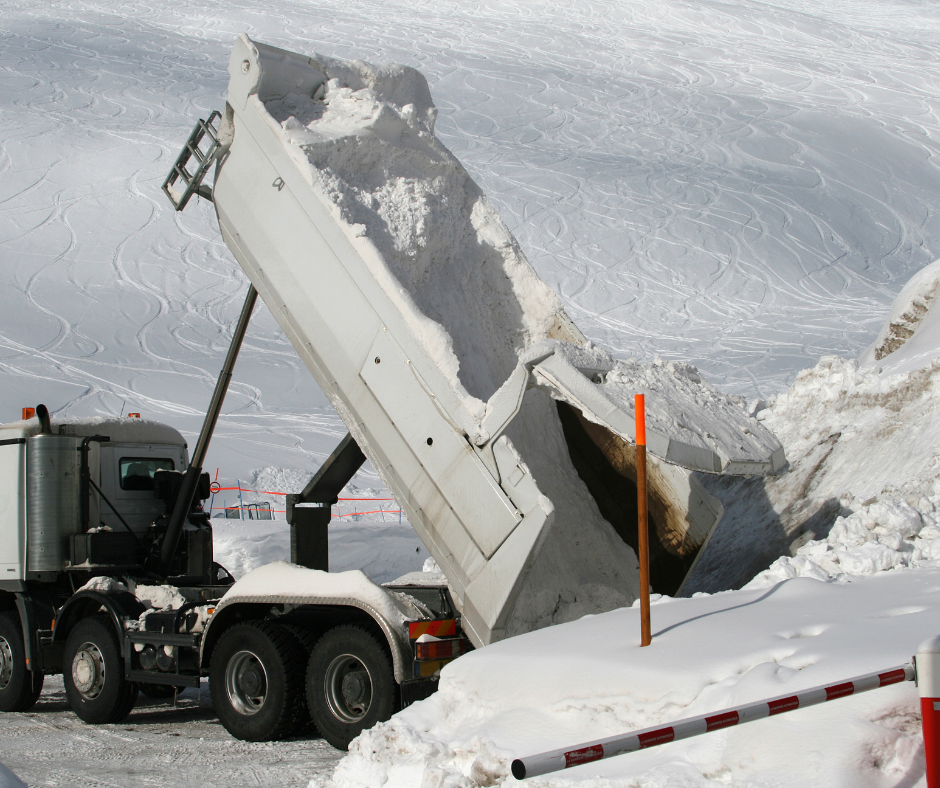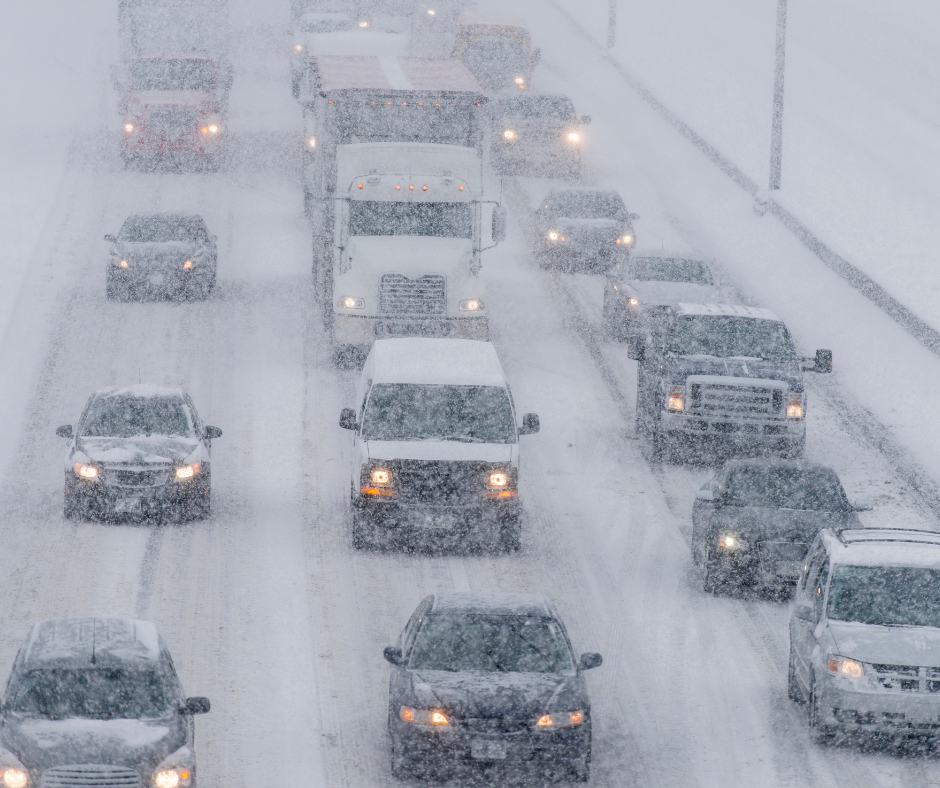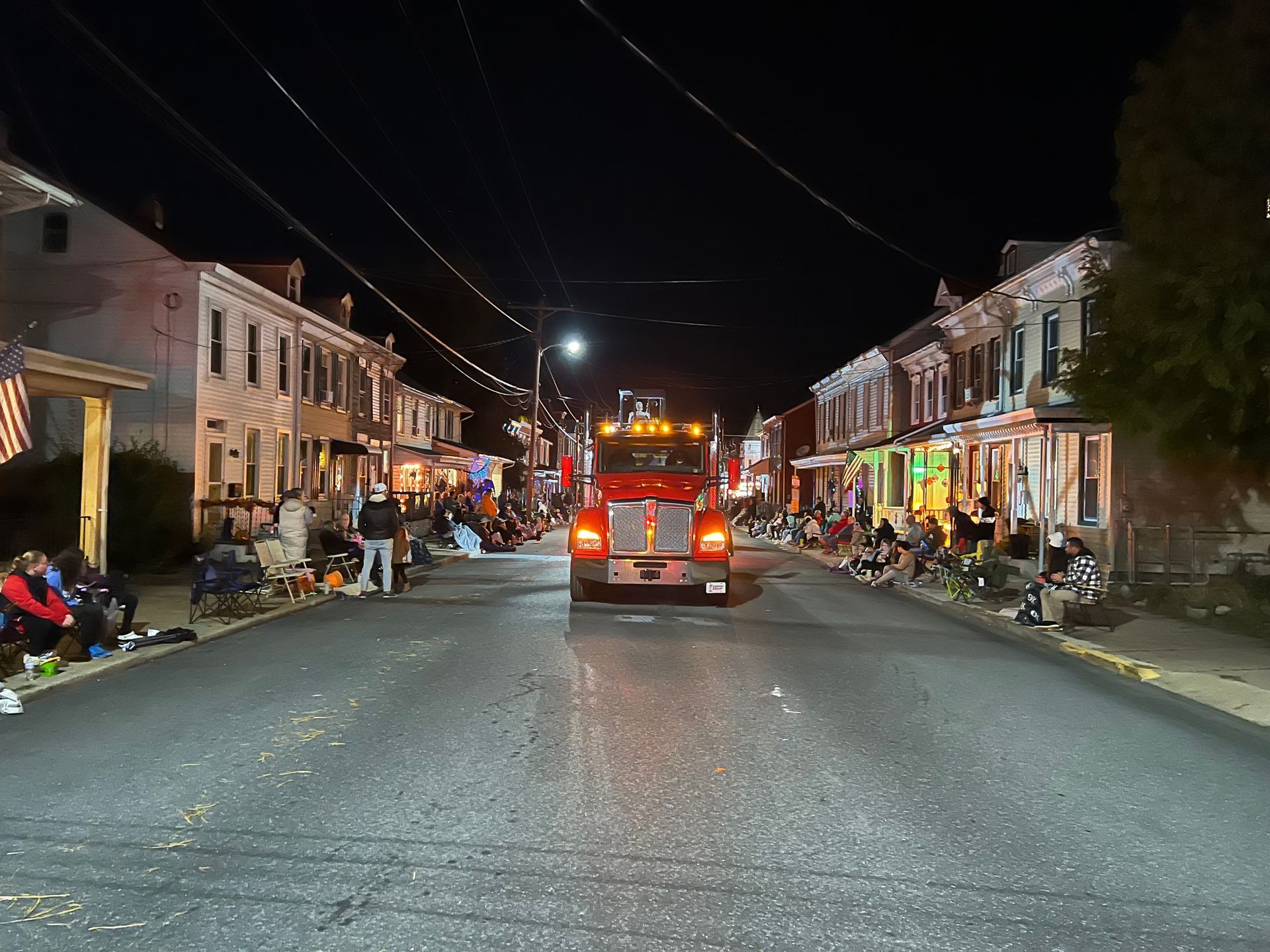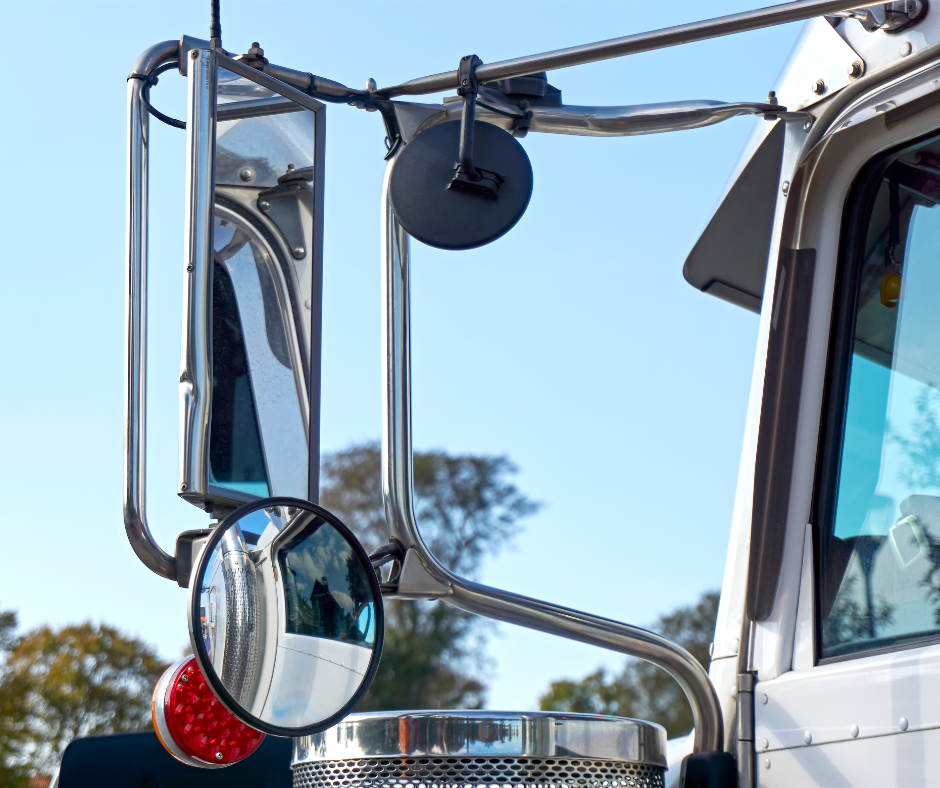The sheer size of the vehicle, while necessary for hauling goods across vast distances, can obscure blind spots that pose real dangers. It’s important for the public to know blind spots are not only on the sides of the truck, but also in the rear of the vehicle. The bigger the truck, the bigger the blind spots. On the sides of the truck, these blind spots are often referred to as “no-zones.” They extend along the length of the truck and can cause smaller vehicles to be hidden in them. This is why many trucks have a warning on trailer doors warning vehicles behind them of this danger, especially when turning.
The Top Three Causes of Poor Visibility
In the hustle and bustle of today’s highways, truck drivers shoulder a significant responsibility. Beyond simply moving from point A to point B, they must navigate a complex landscape fraught with challenges. For example, a truck driver not only has to keep a keen eye on the stretch of road ahead but also be acutely aware of what is on either side and what is behind. Every turn of the wheel demands attention to details like traffic flow, upcoming exits, and the ever-changing signals of stop lights. Yet, even with this constant vigilance, there’s a persistent issue that shadows every journey: visibility.
An Issue that Affects Everyone
Visibility a critical concern that affects not just the truck driver but also every vehicle sharing the road. There many causes and the consequences profound, creating a hazardous environment where split-second decisions can mean the difference between safety and disaster. Let’s take a look at the top three causes.
Blind Spots
There are also rear blind spots, which are directly behind the truck spanning up to 200 feet. Vehicles behind the truck can be hidden in them as well. A car following too closely cannot be seen, which is dangerous if the truck must stop suddenly. Additional mirrors and technology, such as blind spot detection systems and reversing cameras, help trucks drivers to improve their awareness of their surroundings.
Adverse Weather Conditions
Spring: This is the season of heavy rain, wind and thunderstorms. Rain accumulating on windshields coupled with water spray limits visibility. Rain can also blur the vision of truck drivers as well as disorient them due to the reflection from headlights, signs, and traffic lights.
Summer: Storms and flooding can appear quickly and be severe. In the past ten years, there has been a sharp increase in storms throughout the country. These storms produce heavy rains, flooding, hail and wind. Again, rain can accumulate quickly on surfaces (and windshields) reducing visibility. Flooding can make it difficult to distinguish the road from the environment or objects and other vehicles hidden in the water. Sun glare also reduces visibility.
Fall: Fog is no stranger to fall, such as on a chilly morning. Frost begins to show and can cause a visibility issue if it is not properly cleared off the windshield.
Reflection from surfaces should also be noted. Wet roads, snow, and vehicles can reflect light (sunlight and metallic glares) into truck drivers’ eyes reducing visibility and reaction times.
Driving at Night
While glare from sunlight can be a problem, glare from oncoming traffic can be just as bad. Newer headlights produce high-intensity discharge (HID or LED), which can momentarily blind a driver.
Truck drivers face a variety of daily trials and triumphs. It’s vital that truck drivers know what can impact their visibility to help reduce accidents. Blind spots, adverse weather conditions, and driving at night are just a few causes of this persistent issue. By understanding them and applying best driving practices, truck drivers can safely navigate our highways.
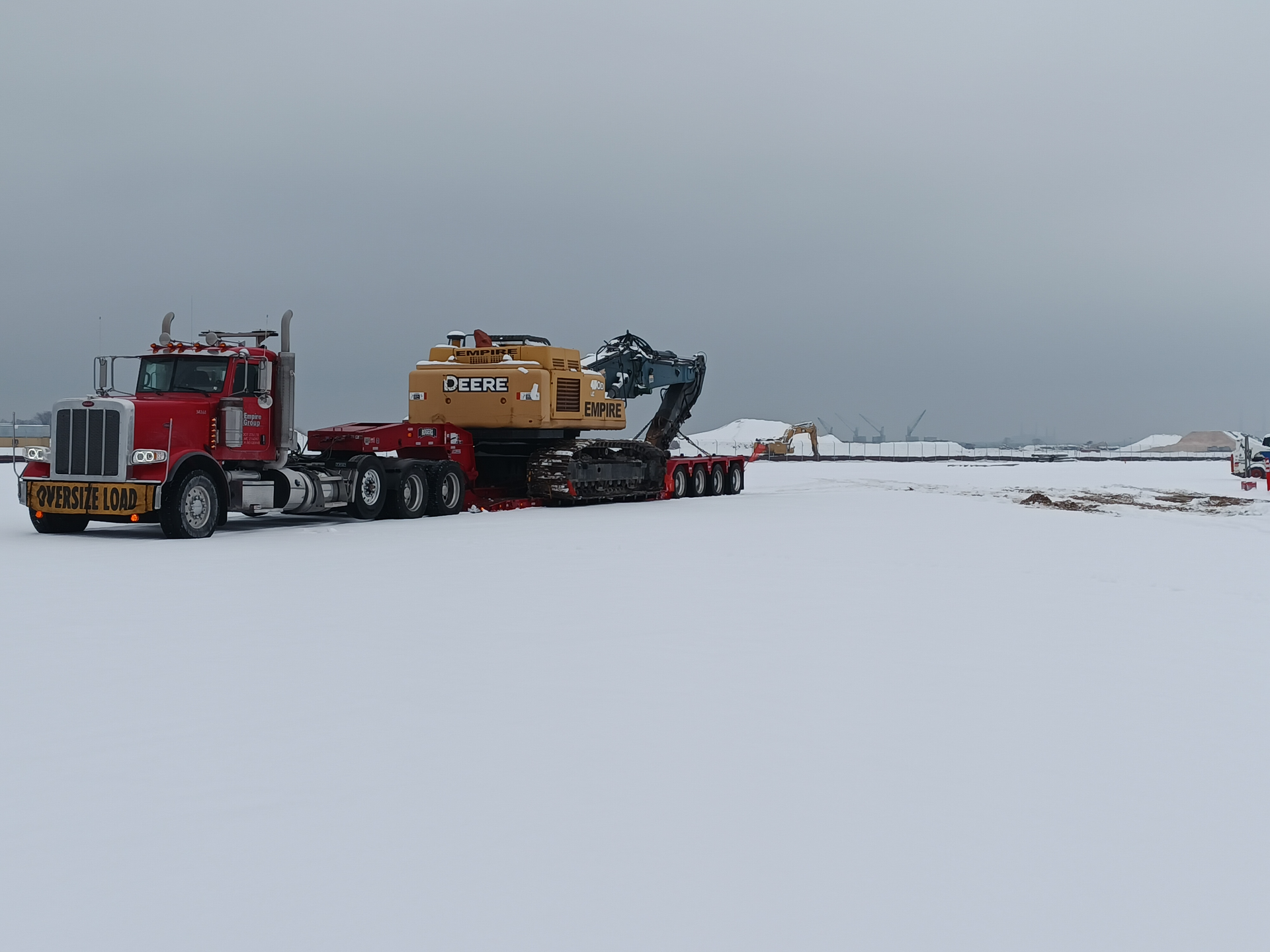

How DVC's Trailers Are Perfect for Transporting Mulch, Stone, Sand and Soil for Landscaping Projects


